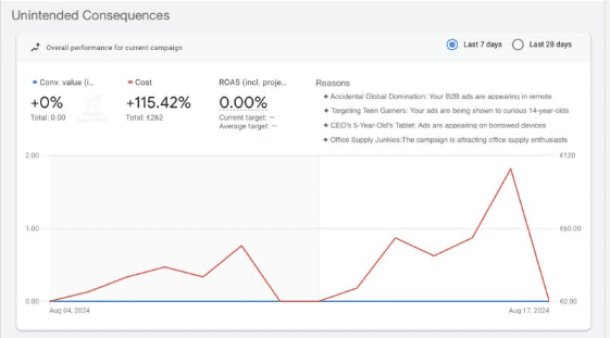In today’s digital landscape, cybersecurity threats are more prevalent than ever, with small businesses increasingly becoming targets of sophisticated cyberattacks. Among the most common of these are phishing and spear phishing attacks, both of which involve tricking individuals into revealing sensitive information. This article will break down what phishing and spear phishing attacks are, provide common examples, and discuss practical ways to prevent them, ensuring that your small business remains secure.
What is Phishing?
Phishing is a type of cyberattack that targets individuals by using fraudulent messages, typically emails, to trick them into revealing sensitive data such as passwords, bank details, or other personal information. Phishing emails often appear to be from legitimate sources like banks, popular websites, or government institutions and include links to fake websites designed to capture this information.
Common Examples of Phishing Attacks
- Fake Invoice Scams
Attackers send invoices that look authentic, often from common vendors like Amazon or Microsoft. These fake invoices request immediate payment, hoping that businesses will pay without verifying the source. - Account Verification Scams
These emails often warn recipients that their account will be suspended unless they verify their details. They include links to fake websites where users enter personal information, which is then stolen. - Prize or Reward Scams
Emails that claim the recipient has won a prize and needs to click a link to claim it. The link redirects to a malicious website that either installs malware or collects sensitive data.
What is Spear Phishing?
Spear phishing is a more targeted form of phishing. Instead of sending a generic email to many individuals, the attacker customizes the message to a specific person within an organization, such as the CEO or HR director. This message often contains personal details to make it look legitimate. Spear phishing attacks typically aim to trick the recipient into transferring money or sharing confidential business information.
Common Examples of Spear Phishing Attacks
- CEO Fraud
Attackers impersonate a high-ranking executive, like a CEO or CFO, and send urgent requests to employees for sensitive information or wire transfers. Employees, believing the message is genuine, may comply without questioning it. - Vendor or Supplier Impersonation
Attackers impersonate trusted suppliers or business partners, asking for payment on a legitimate-looking invoice. Since the email appears to come from a familiar contact, employees are more likely to process the payment. - Payroll Redirect
Cybercriminals may target the HR department with a request to update direct deposit information for an employee. These emails appear to be from the employee but redirect payments to the attacker’s bank account.
Why Small Businesses Are Vulnerable
Small businesses often lack the robust cybersecurity infrastructure that large corporations have. Limited budgets, lack of cybersecurity training, and minimal IT staff make them attractive targets for cybercriminals. Additionally, many small businesses do not consider themselves at risk, assuming attackers only focus on large enterprises. However, small businesses often handle sensitive customer information, financial data, and other valuable assets, making them prime targets.
Prevention Tips for Small Businesses
1. Employee Training
Educate employees about phishing and spear phishing threats. Regularly conduct cybersecurity training sessions, teaching employees to recognize red flags in emails, such as unknown senders, poor grammar, urgent language, or suspicious links.
2. Implement Multi-Factor Authentication (MFA)
Requiring MFA for email accounts and sensitive data applications adds an extra layer of security. Even if an attacker obtains an employee’s password, they’ll have difficulty accessing accounts without the second form of verification.
3. Verify Payment Requests
Establish a policy requiring verbal or in-person confirmation for any unusual payment requests, particularly if they come from executives or vendors. This simple double-check can prevent many spear phishing attacks.
4. Use Email Filters and Spam Protection
Advanced email filtering tools can detect and block phishing emails before they reach inboxes. Many filters can identify common phishing indicators, reducing the risk of an employee accidentally clicking on a malicious link.
5. Regular Software and System Updates
Ensure all software, operating systems, and antivirus programs are up to date. Many phishing and spear phishing attacks exploit vulnerabilities in outdated systems. Regularly updating your software can reduce these risks.
6. Conduct Phishing Simulations
Simulate phishing attacks within your organization to see how employees respond. This practice can help identify areas where further training is needed and allows employees to apply what they’ve learned in a safe environment.
7. Secure Access to Sensitive Information
Limit access to sensitive information on a “need-to-know” basis. The fewer employees who have access to critical data, the lower the chance of an attacker successfully targeting someone with access.
Conclusion
Phishing and spear phishing attacks pose a significant threat to small businesses, but with the right preventative measures, you can protect your organization. Educate your employees, implement strong authentication methods, and verify sensitive requests to ensure that your business remains secure against these types of cyberattacks. By staying vigilant and proactive, small businesses can create a robust defense against phishing threats.

